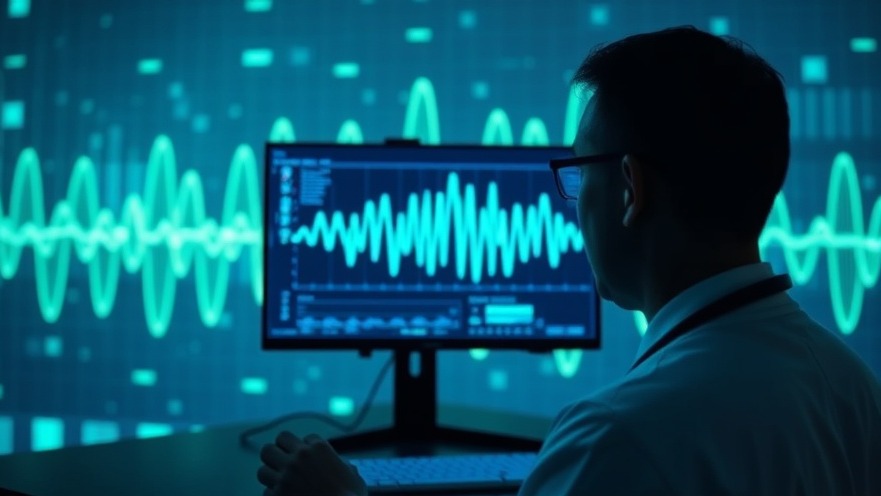
Unlocking New Insights in Brainwave Monitoring
In a groundbreaking study, researchers at the Mayo Clinic have made significant strides in brainwave monitoring, unveiling a novel approach that could enhance treatments for movement disorders such as Parkinson's disease. This innovation centers around a method termed 'broadband' brain signal recording, which provides improved precision during deep brain stimulation (DBS) surgeries. By expanding the frequency range of recorded brain signals, this technique promises to give clinicians a more comprehensive and detailed view of brain activity, leading to tailored and effective patient care.
Revolutionizing Deep Brain Stimulation
Historically, DBS has involved implanting electrodes that transmit electrical pulses to alleviate symptoms of various neurological conditions. However, the standard method of monitoring during these procedures has been restricted to a narrow frequency range, limiting the information available to neurologists and neurosurgeons. The Mayo Clinic team, led by Dr. Bryan Klassen, has taken a different path, using specialized equipment and algorithms that allow for the recording of a wider spectrum of signals.
Dr. Klassen explains, “We looked at brain activity in a different way and recorded a type of brain signal called 'broadband' that reflects the combined activity across all frequencies and is related to the firing of all brain cells in that region.” This novel approach revealed a notable increase in signal precision, particularly when patients engaged in movement, translating to finer adjustments in electrode positioning and stimulation during surgeries.
Enhancing Precision in Movement Control
In their study, Mayo Clinic researchers recorded broadband signals from the motor thalamus, a critical area for motor control. The findings suggest that this method not only improves the understanding of brain function during movement but also facilitates enhanced mapping of brain regions essential for effective stimulation therapy. The ultimate goal is to refine therapies to better meet individual patient needs, a crucial step in providing personalized medical care.
Further exploration of how these broadband signals respond to various movements could lead to an innovative device capable of stimulating the brain only when needed, significantly reducing the risk of side effects associated with continuous stimulation.
Implications for Future Neurostimulation Therapies
The implications of this research extend beyond immediate clinical applications. As we enter a new era of precision medicine, the need for adaptive therapies that respond dynamically to patient needs is paramount. Existing therapies that stimulate the brain continuously can often cause side effects and discomfort. Adapting techniques like the broadband signal recording could herald a new wave of treatment protocols, where neurostimulation is finely synchronized with the individual’s neurological feedback.
Research continues into refining these techniques. Dr. Matthew Baker, a postdoctoral fellow and co-author of the study, emphasizes that understanding these brain activity patterns opens doors not only for better neurostimulation but also aligns with advancements in how we conceptualize brain communication in general.
The Next Steps in Broadband Monitoring
The next stage involves understanding how these brainwave patterns could be harnessed to create devices that activate stimulation protocols aligned with real-time brain feedback. This capability would revolutionize the treatment landscape for patients with movement disorders and beyond, offering a glimpse into a future where brain activity could be monitored and modulated with unprecedented precision.
For practitioners committed to enhancing the therapeutic landscape for their patients, staying updated on these developments is crucial. As the intersection of technology and neuroscience continues to evolve, adapting to these changes will not only enrich professional practices but significantly enhance patient outcomes.
Call to Action
Stay informed about the latest advancements in brain monitoring and neurostimulation technology to better meet the evolving needs of your patients. By embracing these innovations, practitioners can enhance patient care and outcomes significantly.
 Add Row
Add Row  Add
Add 






Write A Comment